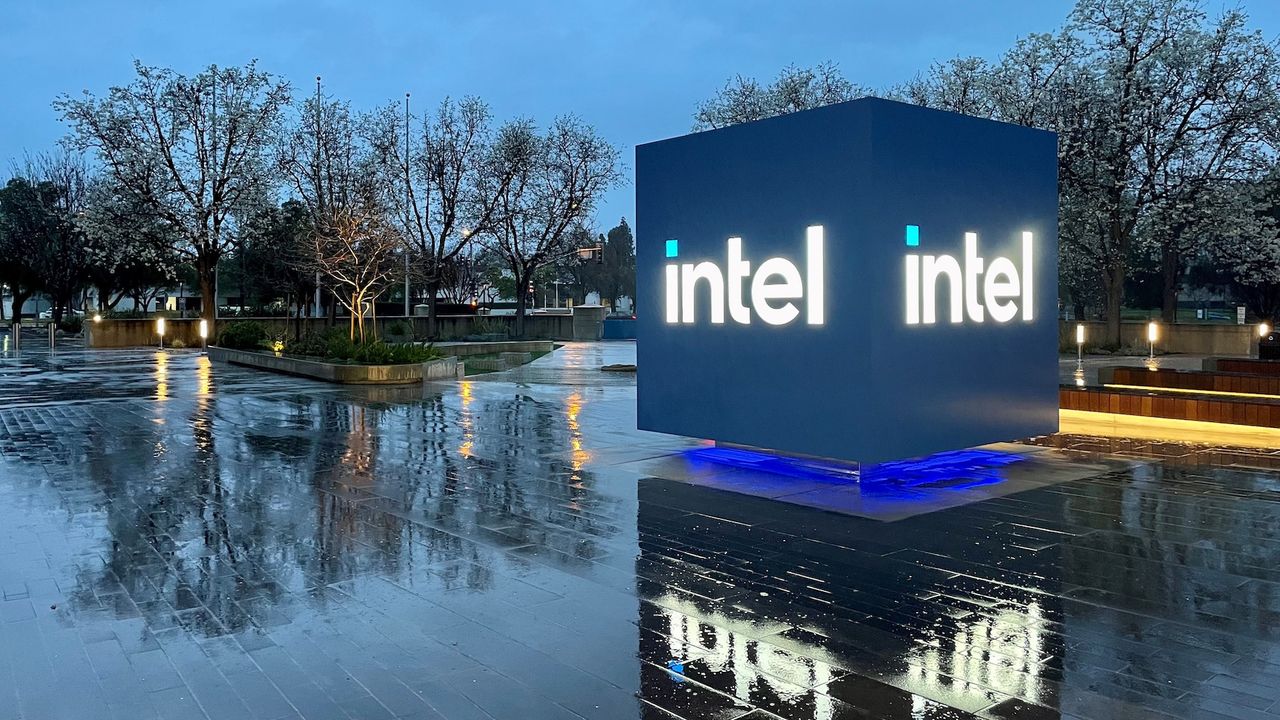February 20, 2019 was a historic day for Samsung. This is when the company unveiled its first foldable smartphone called the Galaxy Fold. It broke the monotony of slab phones that we’d become so used to for over a decade and opened the public’s eyes to a new form factor that not just provided a larger screen in a more versatile package but also brought new software experiences.
It’s been six years since the original Galaxy Fold was introduced to the world and Samsung’s foldable lineup has only gone from strength to strength since then. Samsung rebranded it as the Galaxy Z series once a clamshell version was launched and is currently on the sixth iteration of these phones.
On this sixth anniversary of Samsung’s foldable story, let’s take a look back and appreciate how far this technology has come, what hurdles the company has had to overcome along the way, and what the future holds for Samsung’s foldable lineup.
Original Galaxy Fold stumbles out of the gate
The original Galaxy Fold’s launch wasn’t without controversy. Once units got into the hands of tech reviewers and early pre-order customers, it emerged that the foldable displays were breaking. It had less to do with Samsung and more to do with people ignoring the clear warnings that Samsung had given asking users not to remove a protective film that came pre-installed on the foldable panel from the factory. Everyone who removed that film ended up damaging their display.
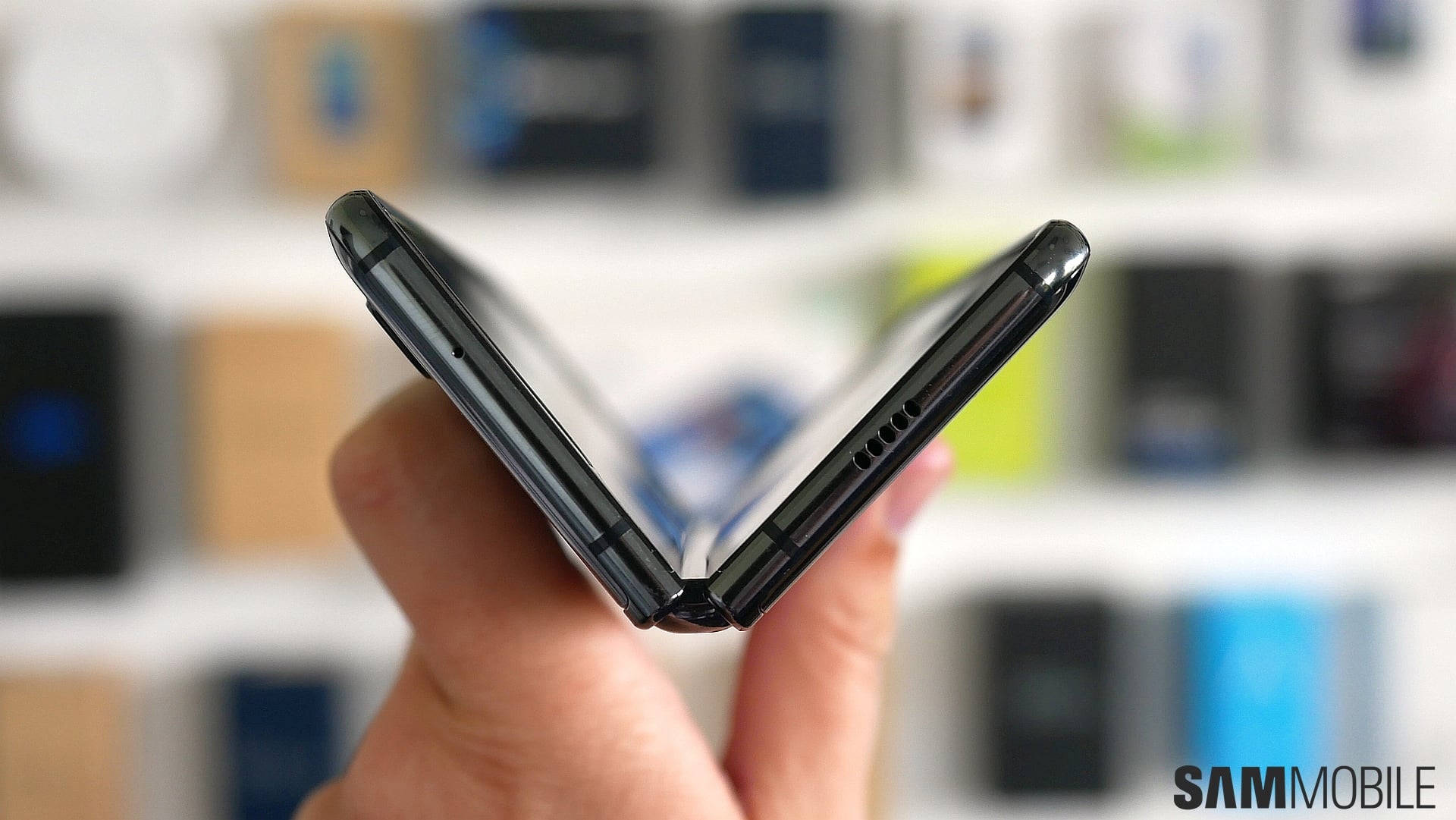
Yet, this led to the inevitable comparisons with the Galaxy Note 7 tragedy and people were all too quick to call on Samsung to give up on its foldable project. The company had put it far too much proverbial blood, sweat, and tears to give up. It postponed the Galaxy Fold’s launch in April 2019 to prevent a full blown PR disaster, promising to rework some of the bits and pieces to improve durability.
It would take Samsung four months to finally release the Galaxy Fold in September 2019. Major changes had been made to improve the durability and the earlier issues were fully addressed. The Galaxy Fold received a good response from the market and Samsung’s foldable journey was off to a rocky, but good start.
First Galaxy Z Flip introduces foldable glass panels
Samsung was quick to expand the lineup with a clamshell foldable. The first Galaxy Z Flip was launched merely six months later on February 11, 2020. The device introduced a major upgrade, it had the first foldable glass panel on a commercial phone.
The Galaxy Z Flip reminded us of old school flip phones that had been reimagined for the modern era. The Galaxy Z Flip didn’t suffer from any of the teething pains its larger sibling had. Its compact size, versatility, and lower price tag made it the preferred Samsung foldable phone for most customers.
Like the original Galaxy Fold, the Galaxy Z Flip also became the victim of unfortunate circumstances, but it wasn’t something Samsung could fix. The world as we knew it grinned to a halt merely a month later as the pandemic forced the world into a lockdown. Industrial supply chains were badly affected, factories were shut down, global travel was grounded, and people suddenly weren’t too keen on spending upwards of $1000 on smartphones.
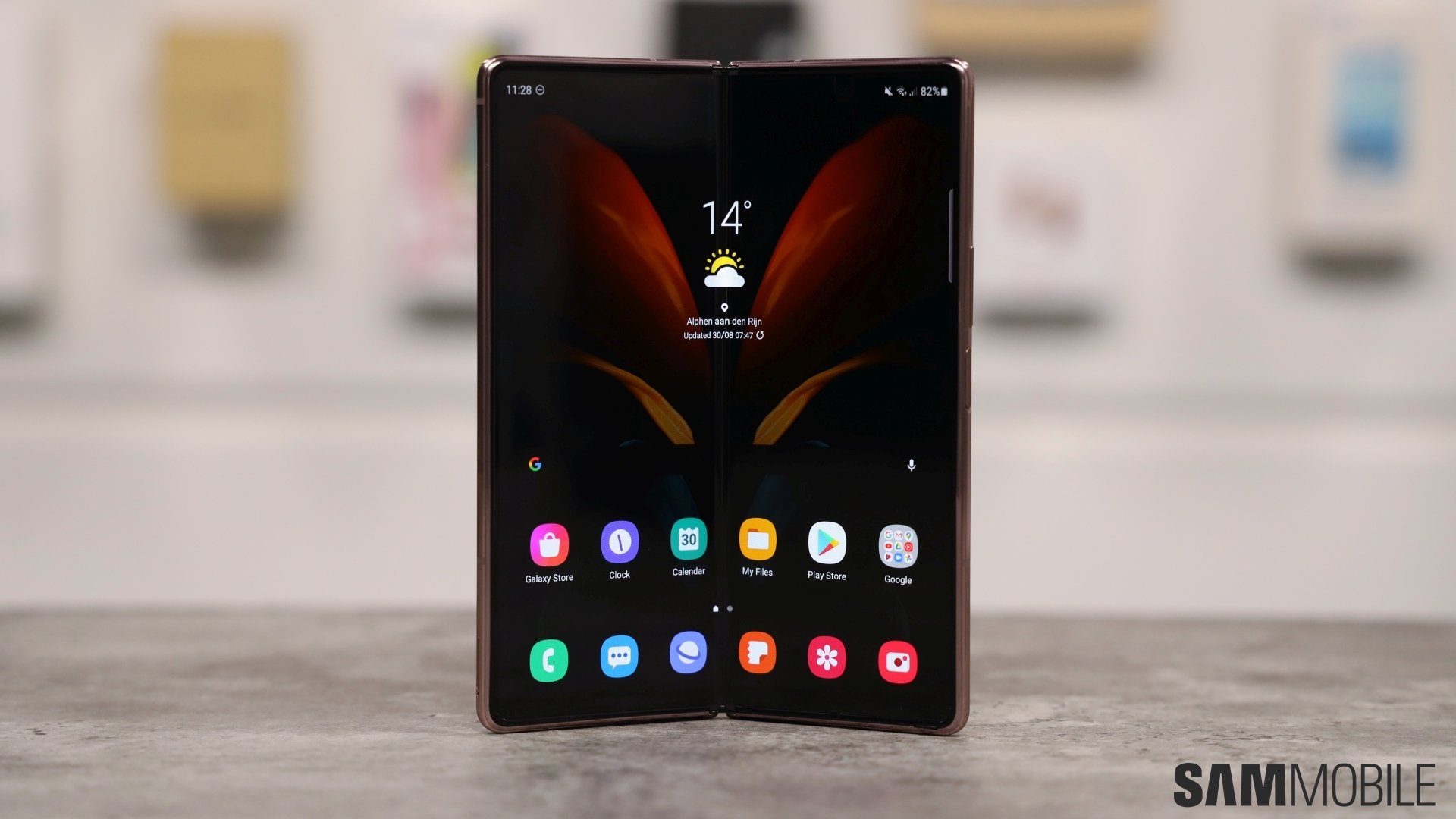
Yet despite all that, Samsung came through with the Galaxy Z Fold 2 in September 2020. This model rebranded the larger foldable and brought it under the Galaxy Z umbrella. This device improved on many aspects and with further durability improvements, it convinced a lot more people to give foldable phones a shot.
Samsung makes the world’s first water-resistant foldables
The next major change for the lineup would come in August 2021. This was the first time that both new foldable phones were launched at the same time. The Galaxy Z Fold 3 and Flip 3 hold the distinction of being the world’s first water-resistant foldable smartphones.
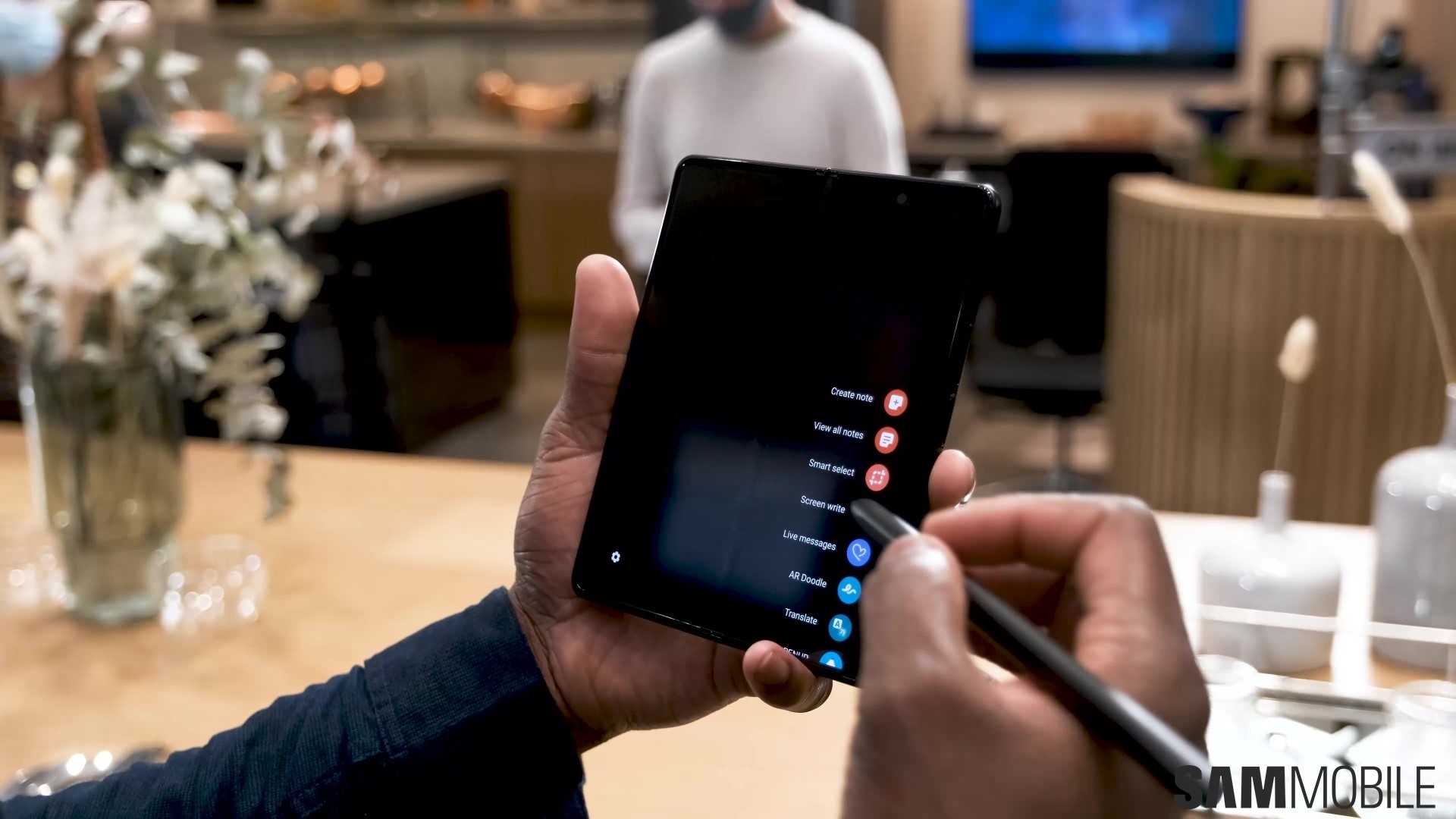
This really proved to be a turning point for customers as they could feel more confident that these smartphones could withstand the rigors of daily use. Both devices had an IPX8 rating which meant they could be submerged in up to 1.5 meters of water for up to 30 minutes.
This iteration also represented a major change for the larger foldable. The Galaxy Z Fold 3 became the first Samsung foldable to have support for the S Pen. Samsung didn’t ship the stylus in the box and it doesn’t store inside the device like a Galaxy Note, but one can be bought separately for use with the device’s internal foldable display. Since then, all future Galaxy Z Fold models have had S Pen support.
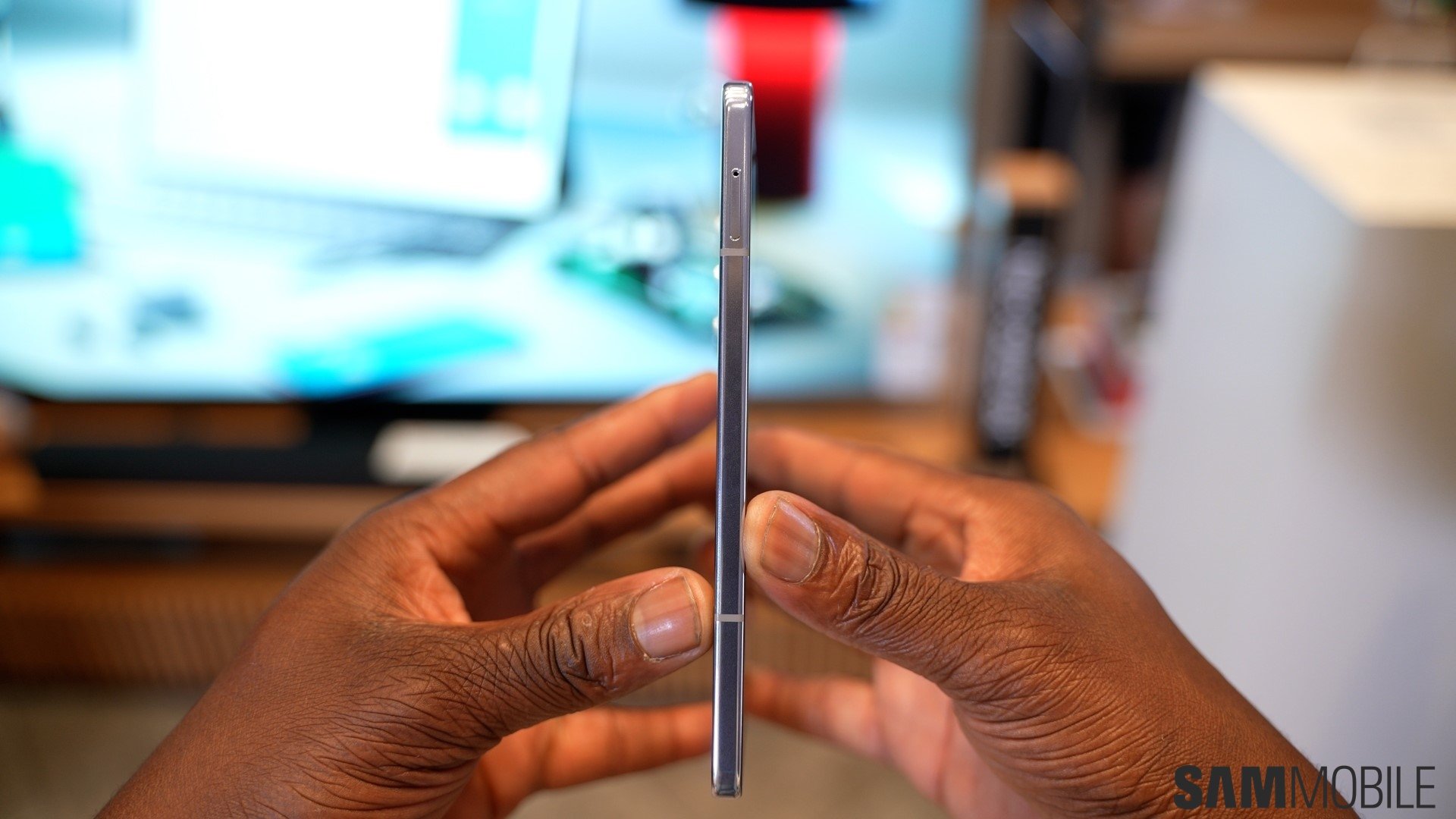
Samsung perfects slimmer devices and stronger hinges
August 2022 brought us the Galaxy Z Fold 4 and Galaxy Z Flip 4. These were rather evolutionary in nature, with the company making minor design tweaks, updating the internals, and making overall durability improvements. Unveiled in July 2023, the Galaxy Z Fold 5 represented a major leap forward. It was the thinnest foldable Samsung ever made, even thinner than the clamshell Galaxy Z Flip series at just 6.1mm when unfolded.

The Galaxy Z Flip 5 also got some major enhancements. Its gapless hinge design made the device thinner and more resistant to dust and pocket debris. The most significant change was the 3.4-inch cover display which made it much easier to get a lot done without having to unfold the device every single time. Previous models had tiny 1.9-inch cover displays which weren’t good for anything beyond reading notifications.
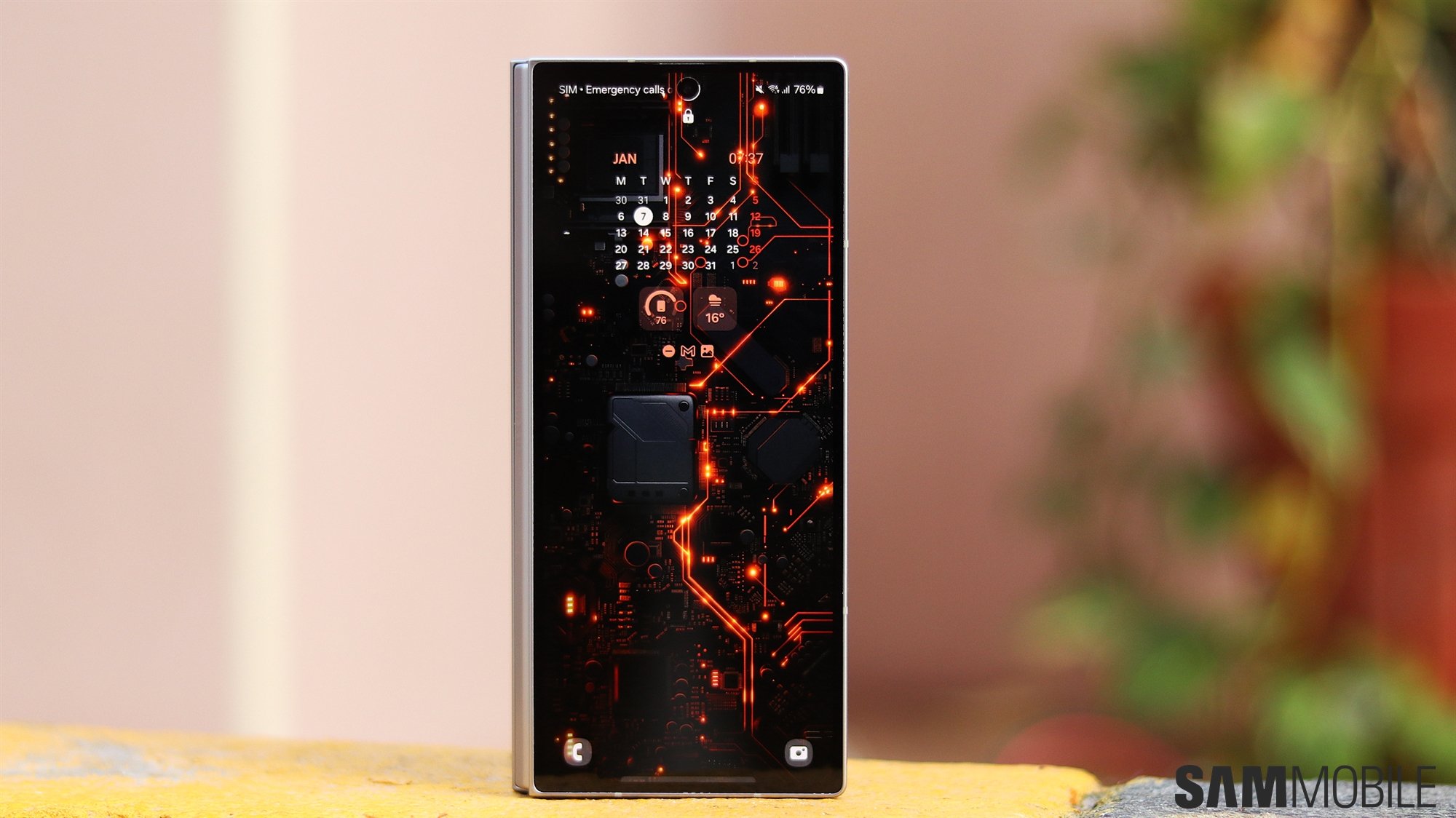
July 2024 saw the launch of the Galaxy Z Fold 6 and Galaxy Z Flip 6, the latest models as of now. This was once again an iterative change but Samsung upheld its tradition of improving the durability, making these devices the world’s first foldable phones to boast an IP48 rating for enhanced water and dust resistance.
What will the next six years look like for Samsung’s foldables?
It’s been six glorious years of foldable innovation but Samsung’s only just getting started. The future for this lineup is as bright as it is exciting. Samsung has made it abundantly clear that it wants foldables to account for a major chunk of its premium smartphone sales in the coming years, and it’s taking some major steps to make that happen.
The lineup is likely going to be expanded in the near future. You’ll get the expected Galaxy Z Fold 7 and Galaxy Z Flip 7 devices later this year. There’s also talk about a Galaxy Z Flip FE, a more affordable version of the clamshell that would help bring more people in the foldable sphere.

Perhaps the biggest innovation worth waiting for is the arrival of Samsung’s tri-fold or multi-fold phones. Samsung confirmed in January 2025 and even showed off a silhouette of a device with a tri-fold mechanism. This device’s foldable display is expected to measure between 9.9 to 10-inches, and it’s expected to arrive before the end of this year.
This would be a remarkable milestone for Samsung’s foldable lineup and it would set the stage for further expansion of the user base as these innovative designs would empower new experiences that convince a lot more people to switch to foldables.
Samsung can rightly be credited for igniting the foldable revolution. While there may be other companies that make foldable phones now, Samsung bravely headed into this uncharted territory six years ago, and it’s this commitment to redefining the mobile experience that’s going to ensure it enjoys similar dominance in the next six years.



